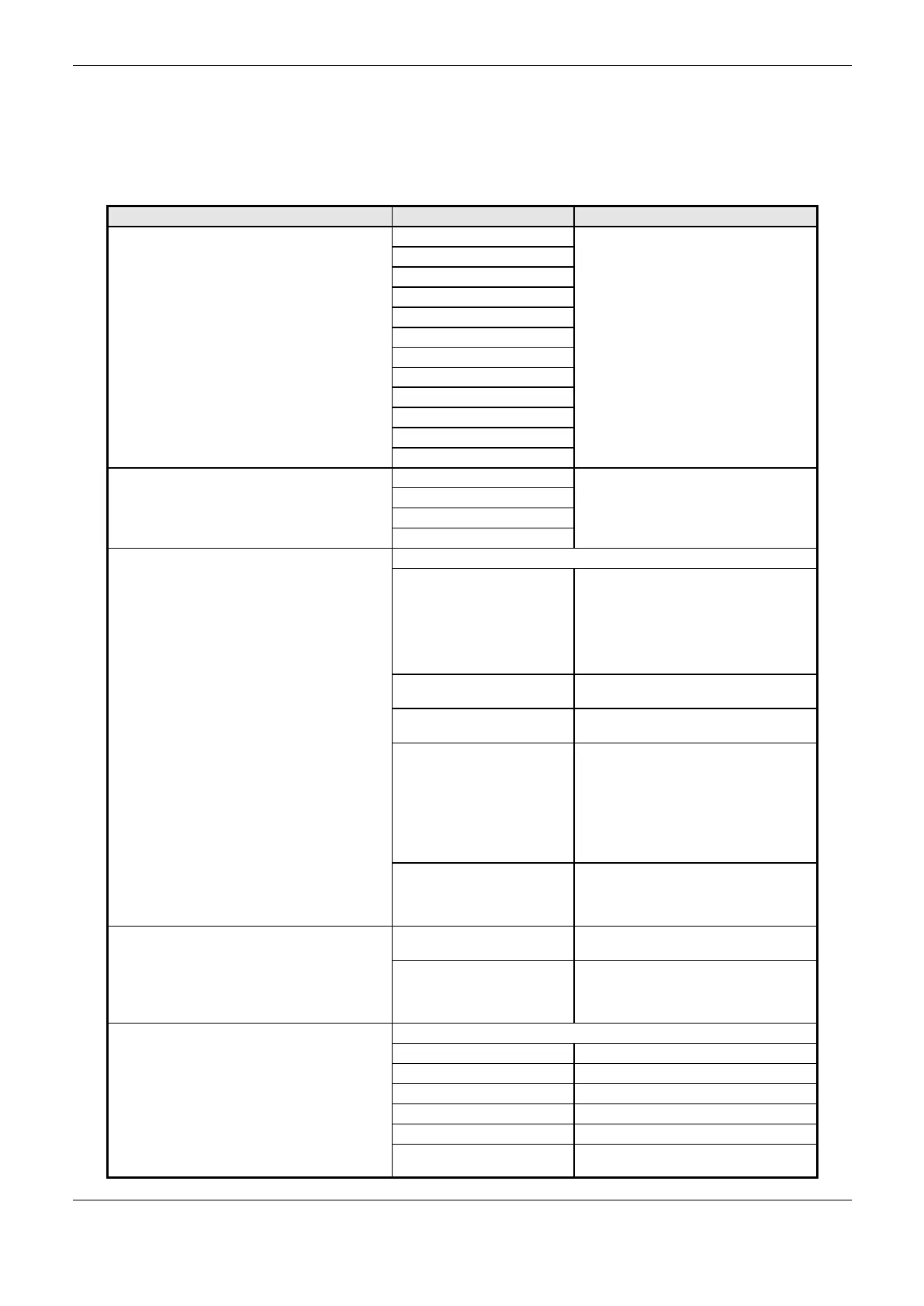4. Configuration
192
Therefore, when an external event is waited, the serial function blocks are finished and the control is
returned to the main program. The task treatment continues in the next cycle, in other words, on the
next time the block is called.
Before describing the special function blocks for serial interfaces, it is important to know the Data
types, it means, the data type used by the blocks:
Lists all baud rate possibilities (bits per
second)
Lists all data bits possibilities
Defines all modem signal possibilities for the configurations:
Controls the Nexto CPU RS-232C port.
The transmitter is enabled to start the
transmission and disabled as soon as
possible after the transmission is
finished. For example, can be used to
control a RS-232/RS-485 external
converter.
Controls the RS-232C port of the Nexto
CPU. The RTS signal is always off.
Controls the RS-232C port of the Nexto
CPU. The RTS signal is always on.
Controls the RS-232C port of the CPU
Nexto. In case the CTS is disabled, the
RTS is enabled. Then waits for the
CTS to be enabled to get the
transmission and RTS restarts as soon
as possible, at the end of transmission.
Ex: Controlling radio modems with the
same modem signal.
Controls the RS-232C port of the CPU
Nexto. The user is responsible to
control all the signals (RTS, DTR, CTS,
DSR, DCD).
Serial Communication Normal
Operation mode.
Serial Communication Extended
Operation mode in which are provided
information about the received data
frame.
Defines all configuration parameters of the serial port:
Defined in SERIAL_BAUDRATE.
Defined in SERIAL_DATABITS.
Defined in SERIAL_STOPBITS.
Defined in SERIAL_PARITY.
Defined in SERIAL_HANDSHAKE.
Byte quantity which must be received
to generate a new UART interruption.

